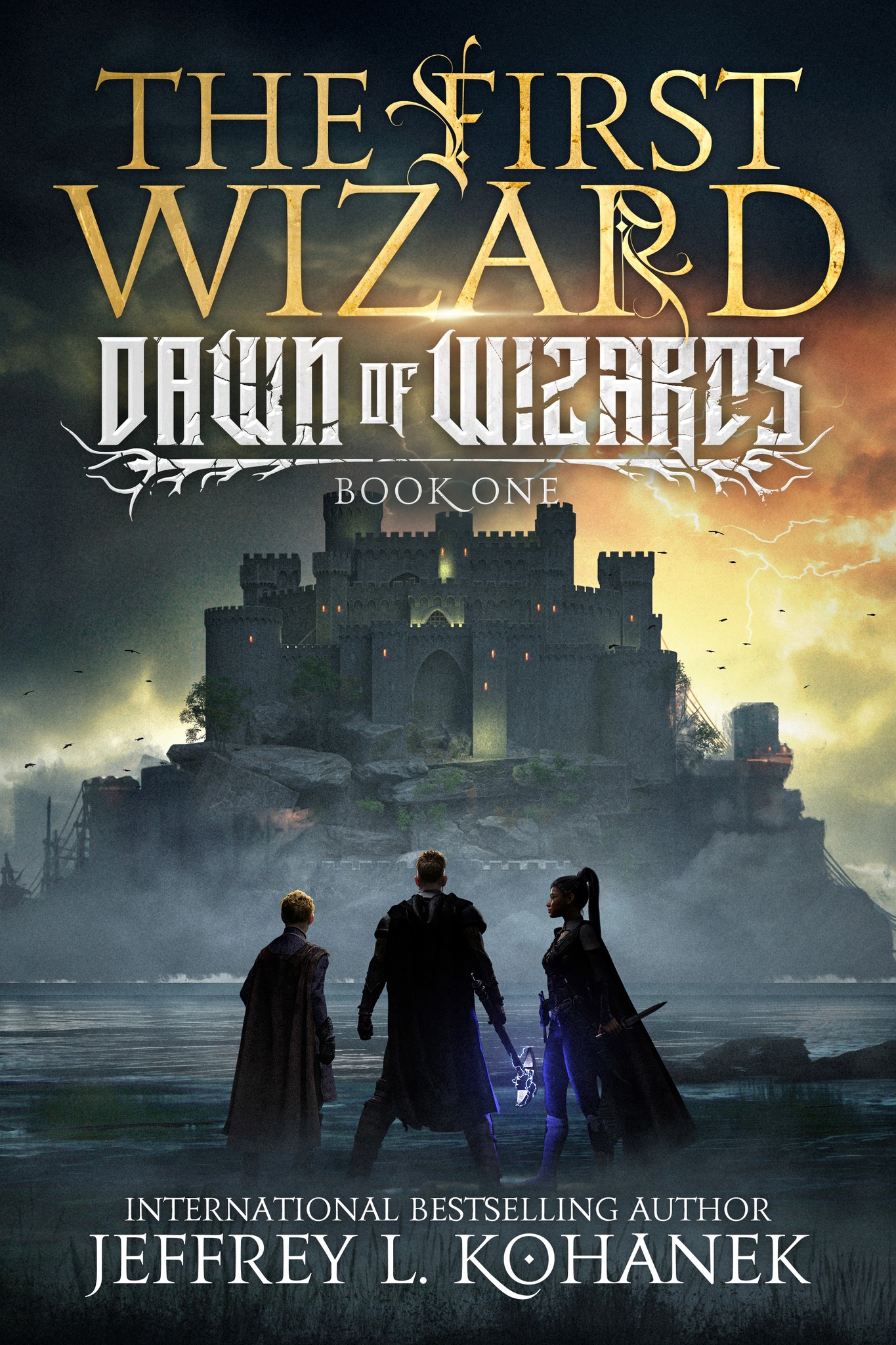Another World
A defining element of epic (or high) fantasy novels is journeying to another world, born of the writer’s imagination. This type of literary work offers the author numerous opportunities and a plethora of challenges. Before writing the first word of a new epic fantasy novel, the author should have a comprehensive strategy for the world-building that is about to take place.
Crazy Concept
One approach is to dive deep and veer far from our reality. Taking this route can be daunting and difficult to properly execute. If the world is too different from our own, continuously introducing cryptic terms, inventive creatures, and exotic landscapes, it risks alienating the reader due to a complete lack of familiarity. When the world becomes extremely foreign, it requires very descriptive writing to translate the terms and concepts, which can detract from the overall reading experience. Developing a highly unique world is not necessarily a bad idea, and some readers actively seek this type of story. However, it demands careful planning on the author’s part and likely requires a lot of extra text to convey the imagery and intricacies involved.
Dungeons and Dragons
Another option is for the author to closely copy the world-building tropes that are common to the genre, not straying far from the world and race elements that Tolkien introduced so long ago. Intrigued by the fantastic humanoid races of elves and dwarves or by magical creatures such as dragons and unicorns, this approach has entertained eager fantasy lovers for decades. Since a plethora of fantasy novels have taken this world-building path, I fear that it has fed the perceived stereotypes of the genre and slowed its acceptance into mainstream reading.
A Bit of Magic
The third approach is to closely mirror a time-period from our own history and introduce specific elements that make the world within the novel special. This world-building approach is easier to execute and makes the book more approachable, perhaps even inviting new readers to the genre. Politics, social issues, races, creatures, landscapes, and magic systems are examples of elements on which the author can focus. The key is to ensure that the unique characteristics are critical to the plot or to the overall experience that the author wishes to convey. Translating foreign concepts requires additional effort for both the writer and the reader. If those elements are not important, the author is wasting their effort and the reader’s time, which will slow the pace of the story.
When I began writing The Buried Symbol, the first book of The Runes of Issalia trilogy, I opted to model my world after renaissance Europe, embracing an era of discovery, art, and invention over the dark brutality that is typically found in the medieval era. I then applied specific unique elements that were critical to the story I wished to tell:
- A controlling and oppressive theocracy governs the Issalian Empire, which defines the politics of the world and significantly impacts the social issues of its citizens.
- In the reality of our Earth, words have power, but only if you comprehend the words. In the world I was creating, runes (words in the form of symbols) have an intrinsic power that is tied to very the laws of nature. This well-defined magic system has a profound effect on the people, creatures, and natural resources within the world.
Wrapping these elements within a world shaped by a long and dark history, I hope to send readers on an enjoyable adventure while the story remains quite approachable.
If you enjoy epic fantasy, think back on the reading experiences that thrilled you the most. Did the author create a world using one of the three approaches listed above? If so, which approach did they take? What aspects of world-building do you enjoy as a reader?


